NASA Astronomy Picture of the Day:
What wonders appear when the Moon blocks the Sun? For many eager observers of Monday’s total eclipse of the Sun, the suddenly dark sky included the expected corona and two (perhaps surprise) planets: Venus and Jupiter. Normally, in recent days, Venus is visible only in the morning when the Sun and Jupiter are below the horizon, while Jupiter appears bright only in the evening. On Monday, though, for well-placed observers, both planets became easily visible during the day right in line with the totally eclipsed Sun. This line was captured Monday afternoon in the featured image from Mount Nebo, Arkansas, USA, along with a line of curious observers — and a picturesque tree. Monday's Eclipse Imagery: Notable Submissions to APOD








.jpg?fit=crop&w=280&h=280&q=93)





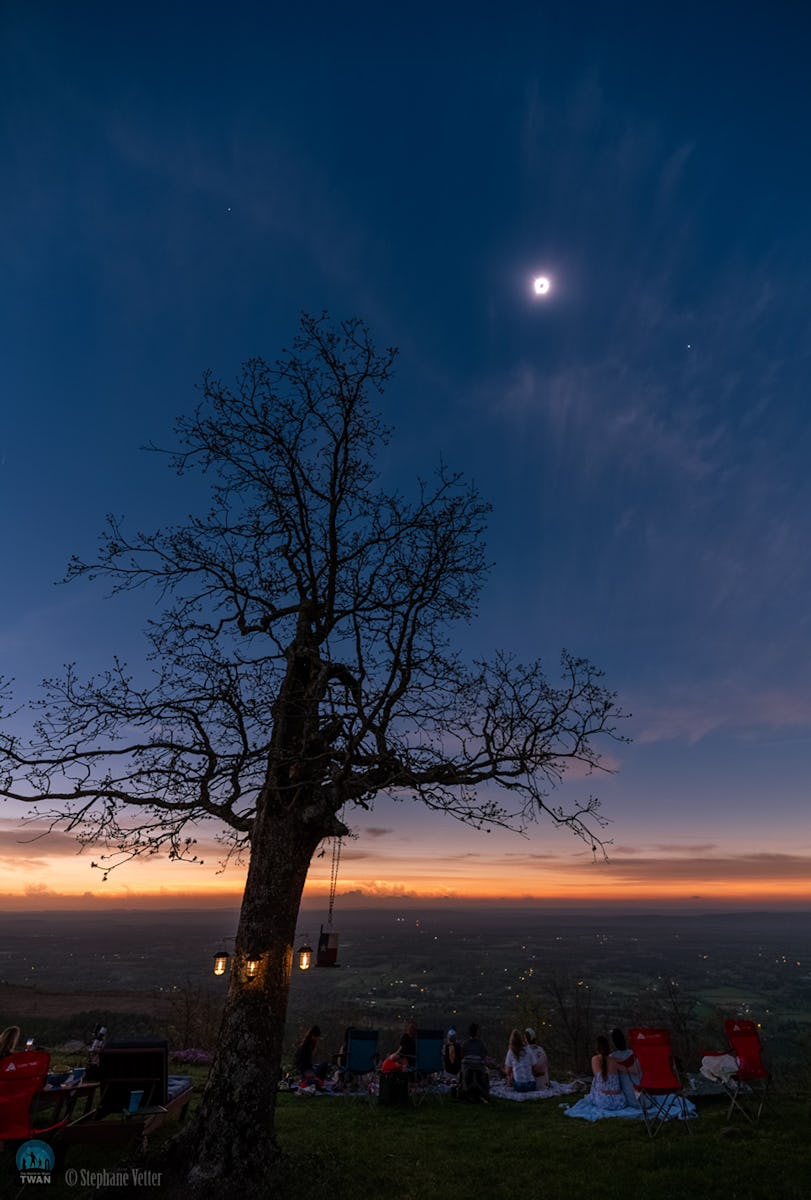
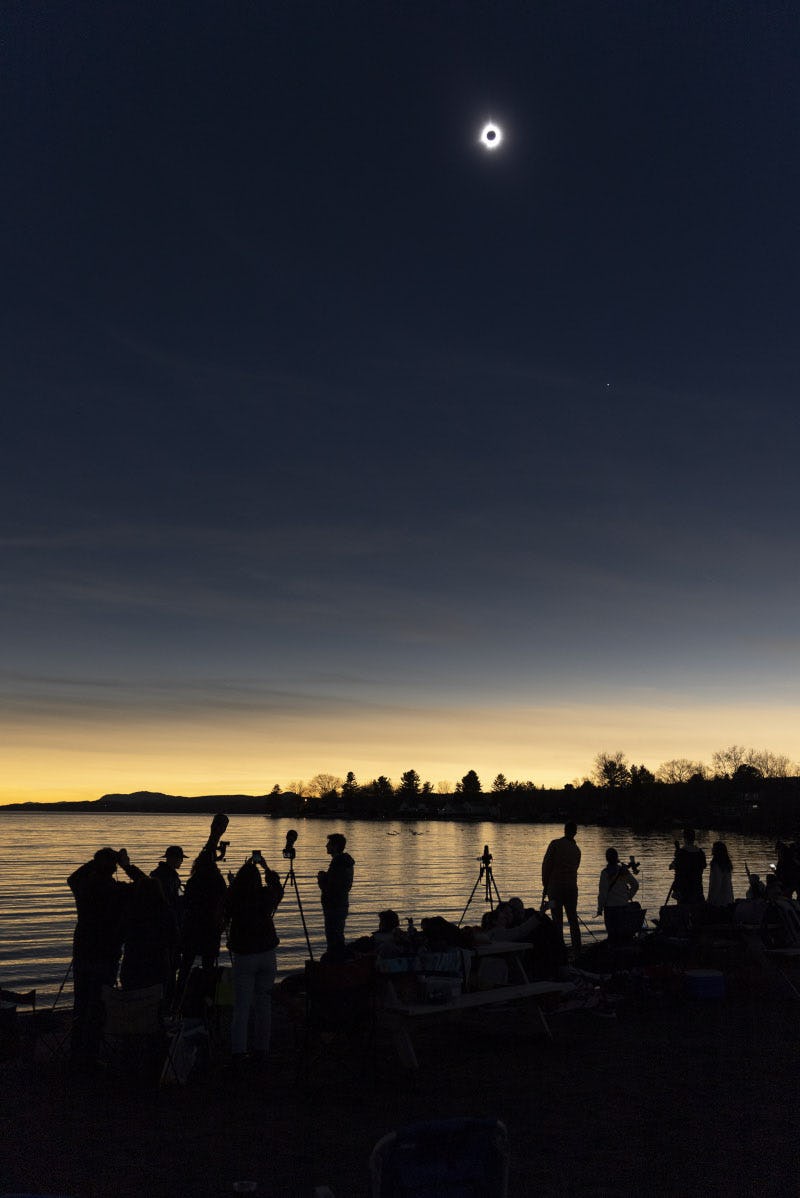
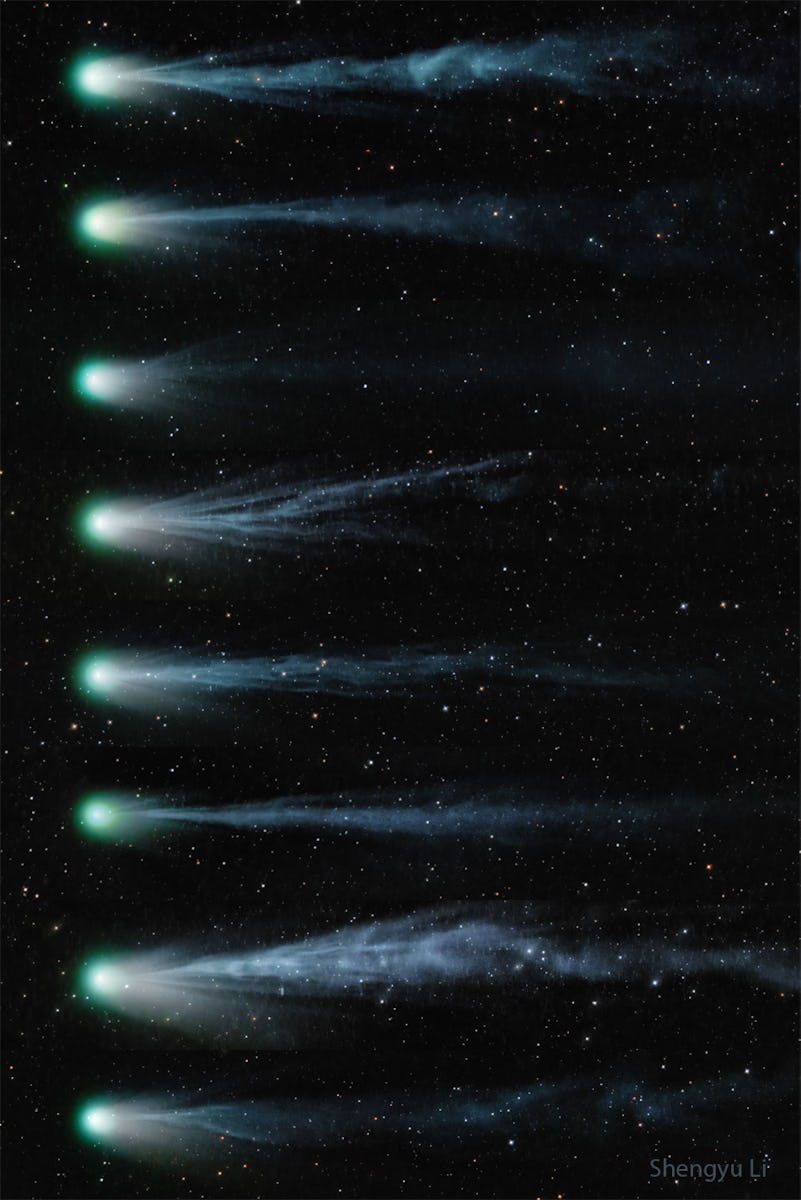
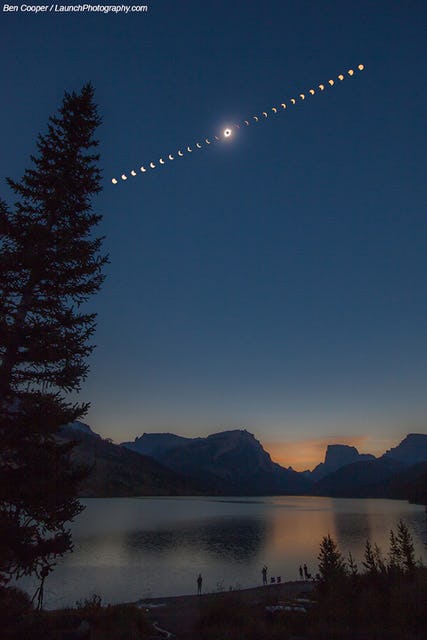
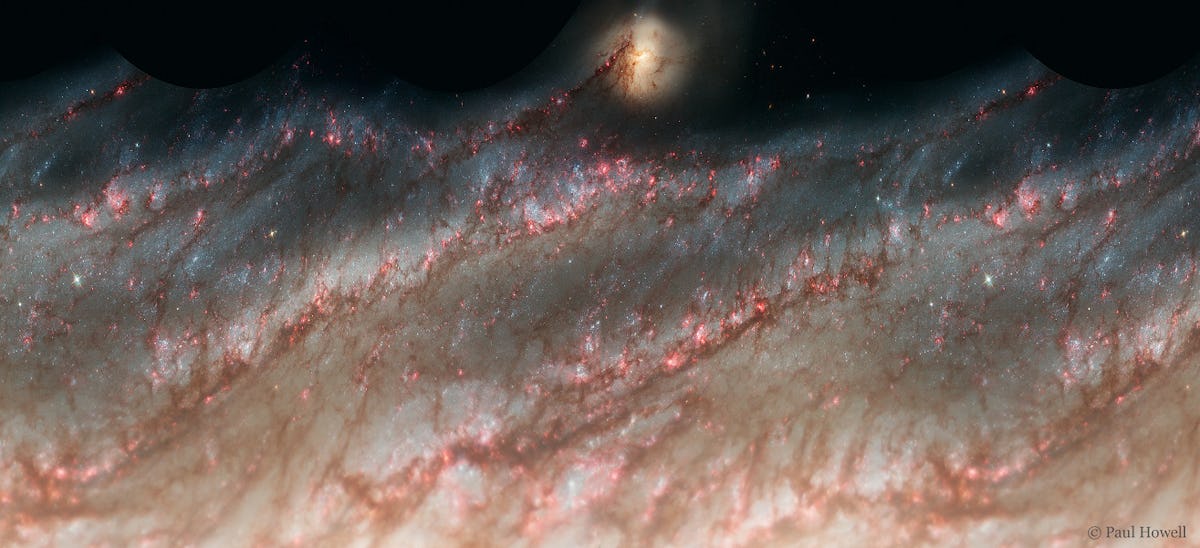
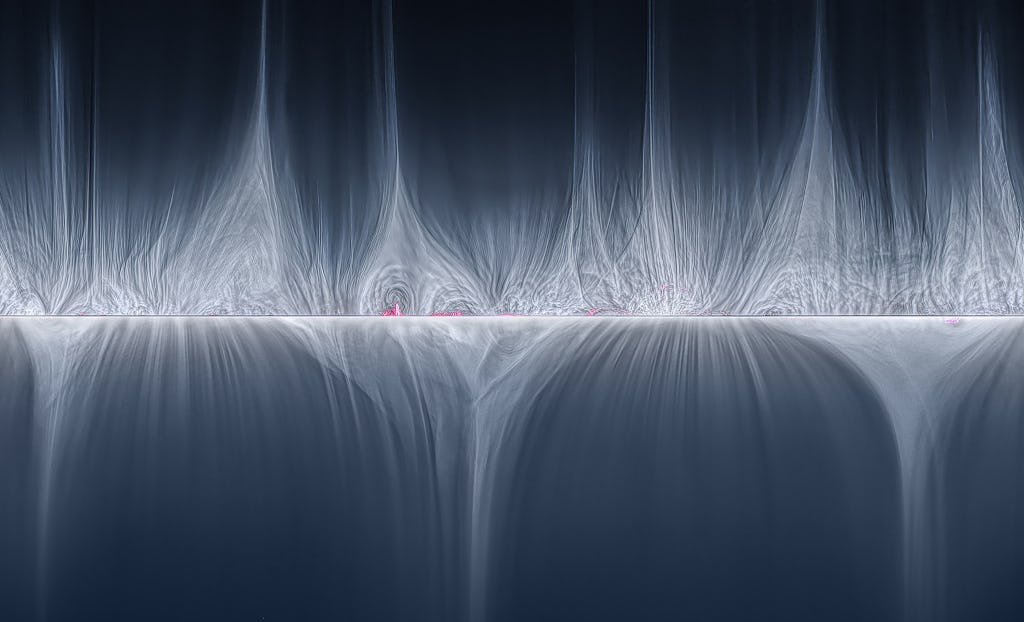
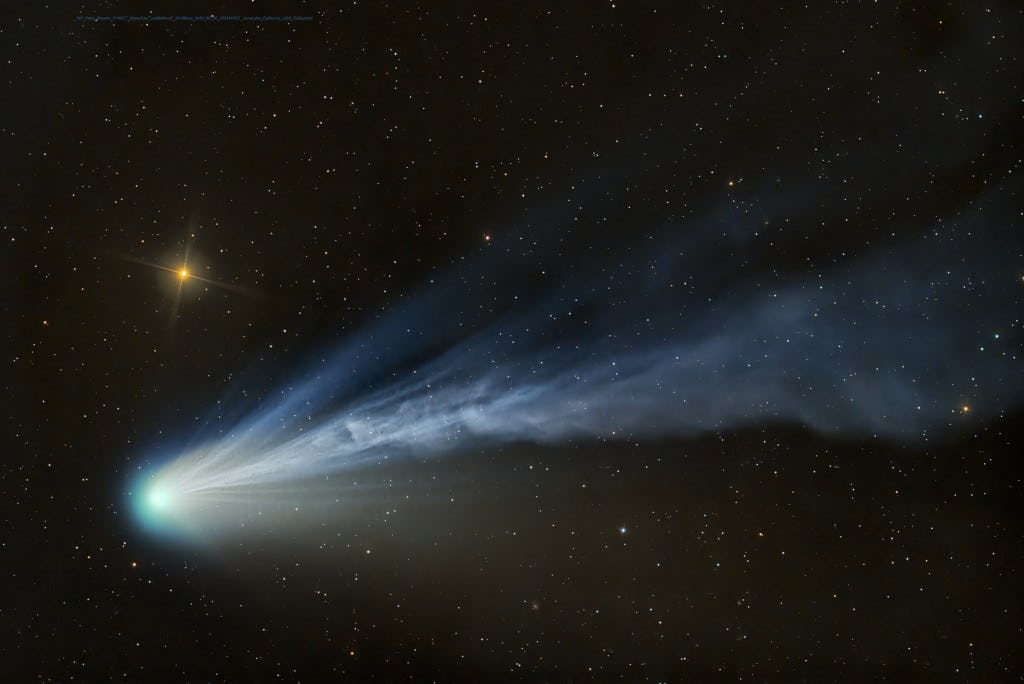
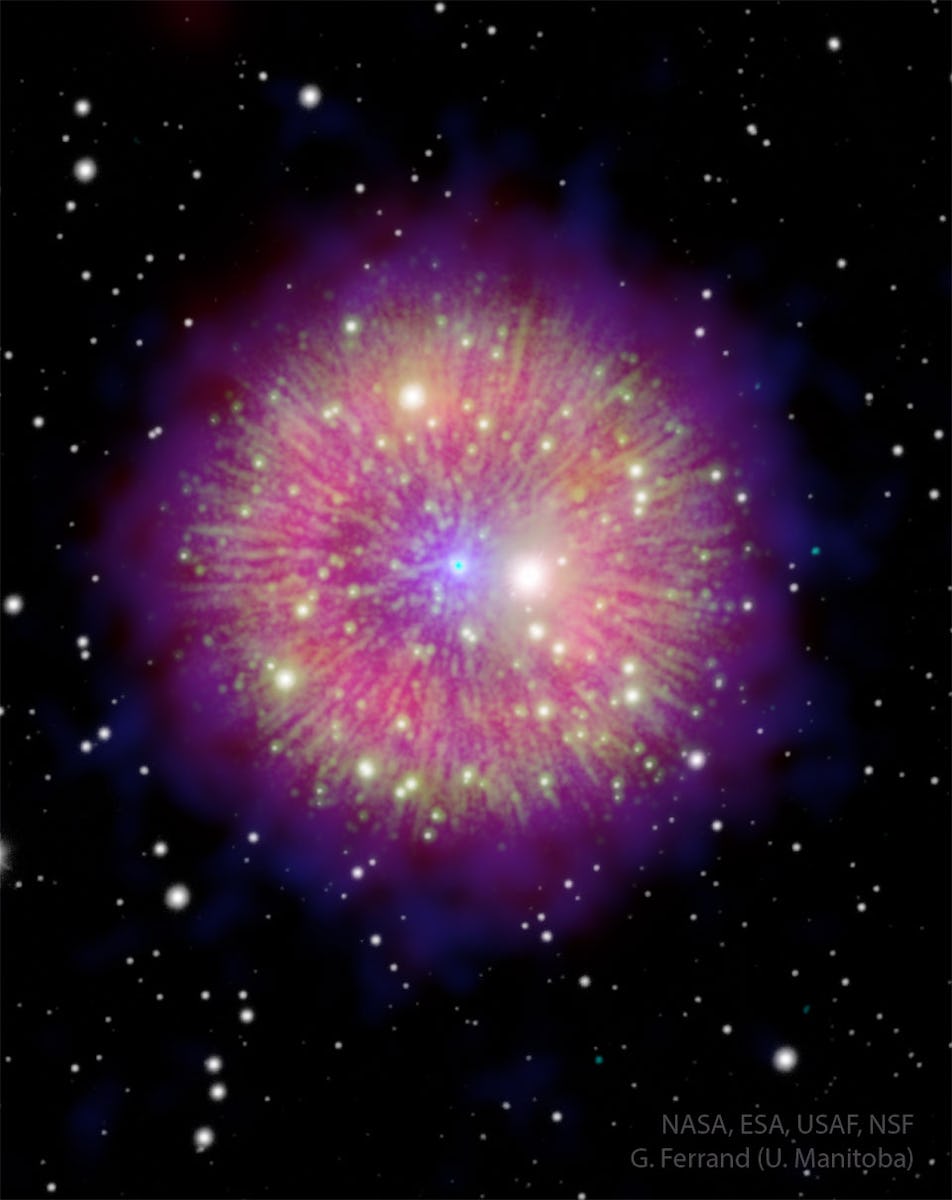
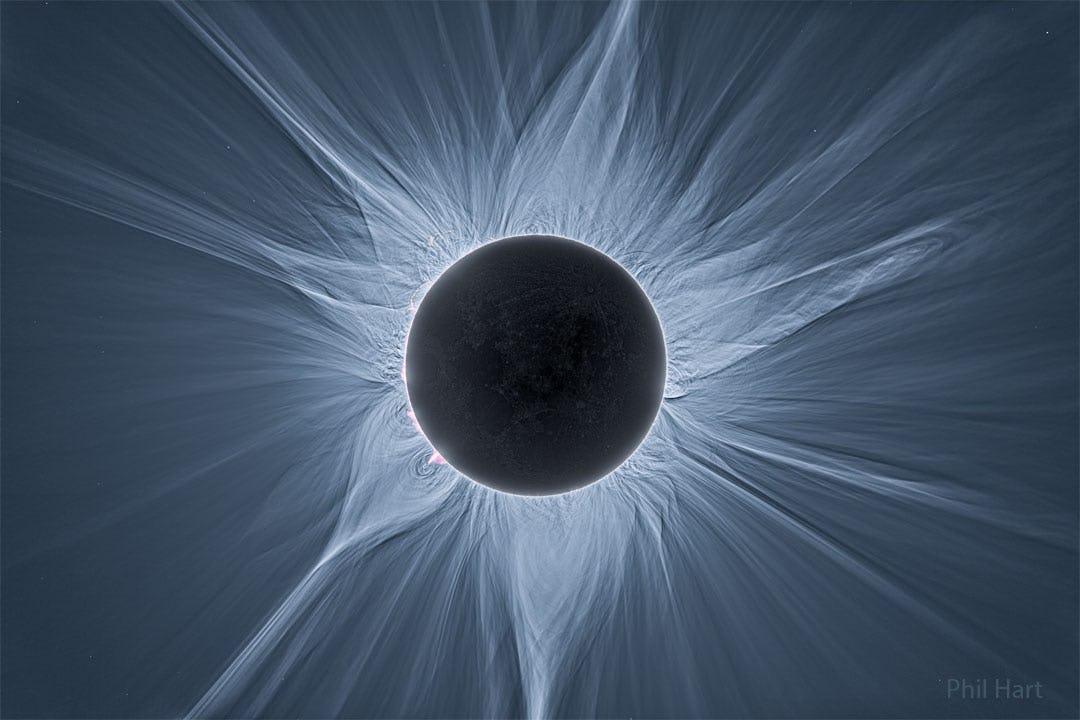

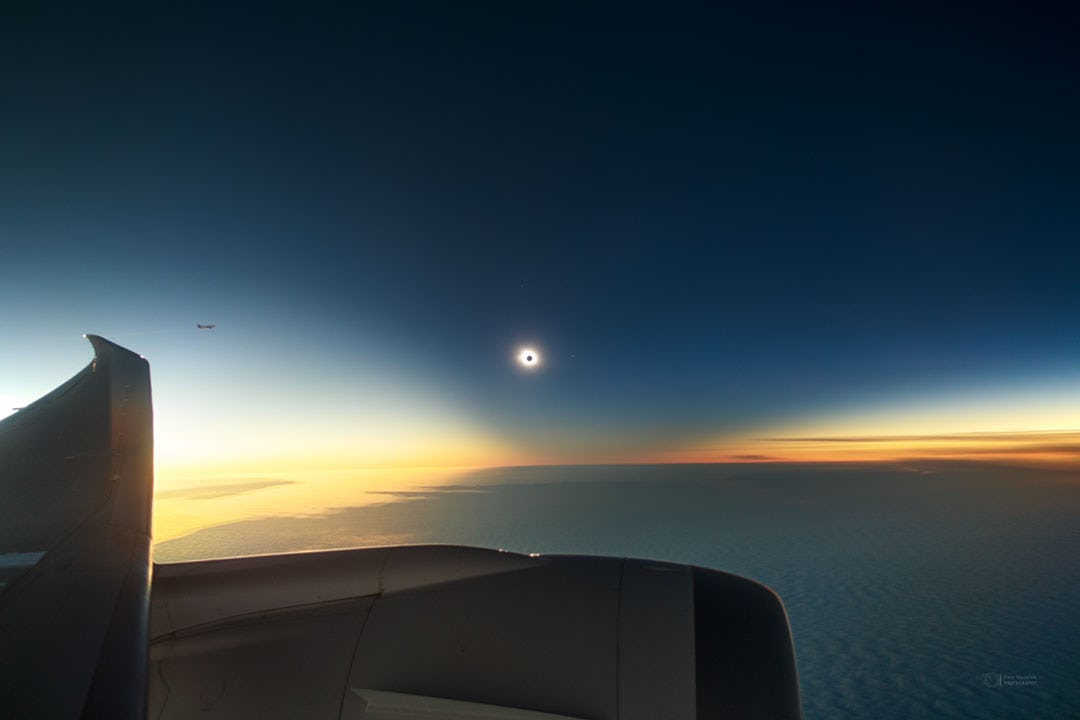
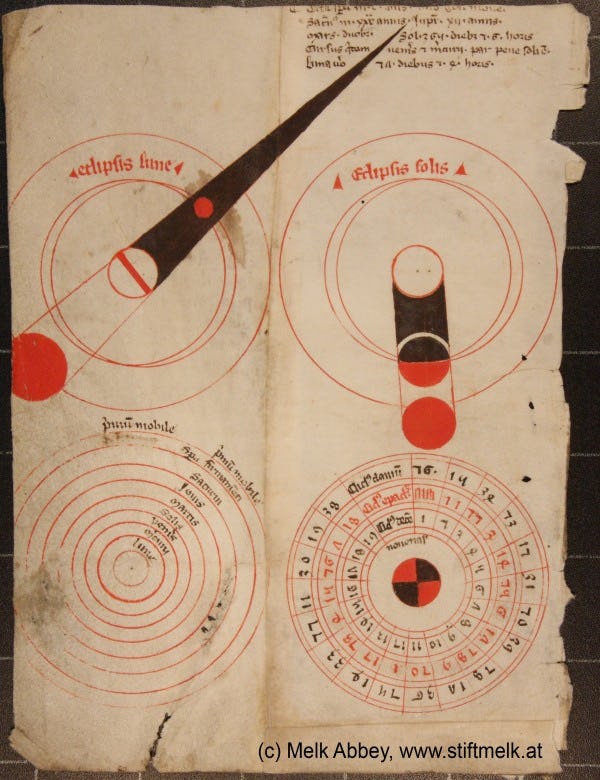

 - Copy.jpg?fit=crop&w=280&h=280&q=93)














